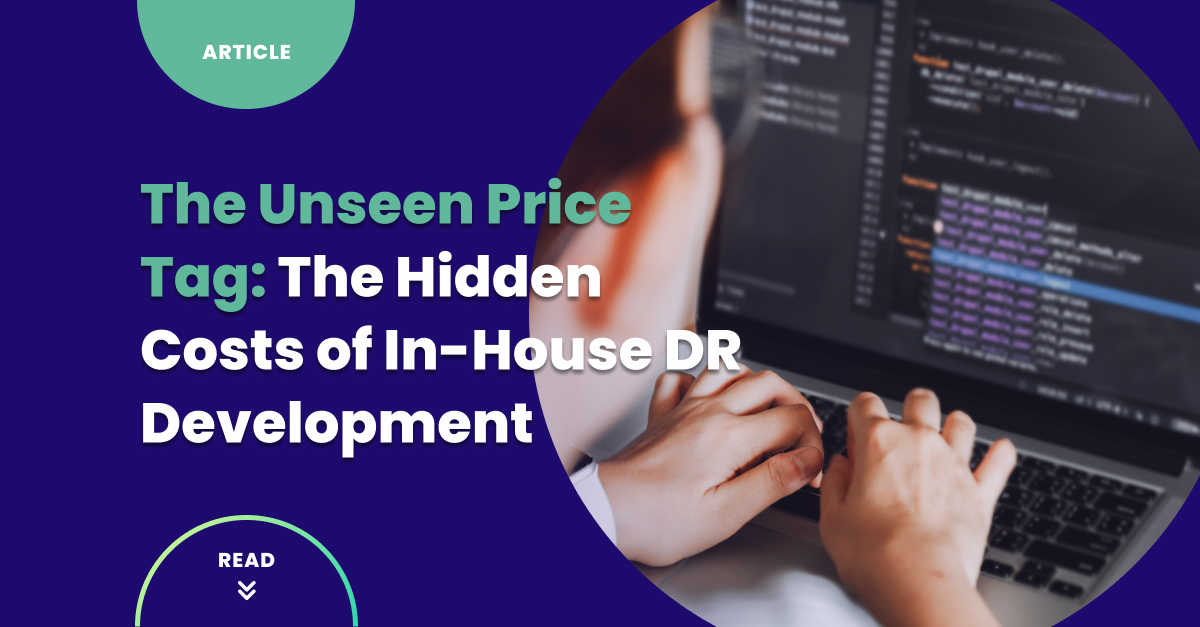The Allure of Building — And Its Unseen Price Tag: The Hidden Costs of In-House DR Development

You’ve identified the significant opportunity presented by Texas Senate Bill 1699 to enable residential demand response (DR) and aggregate distributed energy resources (DERs). Your initial thought might be, “We have capable teams; we can build that in-house.” It’s a natural inclination, promising perceived control and upfront cost savings.
However, for many Retail Electric Providers, this internal development path overlooks a spectrum of significant, often hidden, costs. These extend far beyond simple budget lines, potentially impacting your market position and long-term agility.
Hidden Cost 1: Opportunity Cost & Missed Market Capture
Every month spent in internal development is a month you’re not capitalizing on the market. Lengthy cycles of scoping, hiring specialized talent, building, testing, and deploying complex software can significantly delay your market entry. This isn’t just about lost time; it’s about missed revenue.
With SB 1699, incentives and opportunities for wholesale market participation are available now. Every delay means forgone revenue from those incentives and lost chances to launch new customer offerings. While participation is currently voluntary, ERCOT’s escalating “shoulder season” reliability concerns mean the grid needs flexible resources continuously. Missed market capture isn’t just about financial loss; it’s about failing to provide crucial support when the grid needs it most, allowing competitors who move faster to capture market share and customer loyalty.
Hidden Cost 2: The Complexity Trap – Unforeseen Technical & Integration Hurdles
Developing DR and DER aggregation platforms is far from building a simple application. These are sophisticated systems requiring deep expertise in energy protocols, real-time grid operations, and advanced data analytics. Even highly skilled internal IT teams can quickly find themselves in a complexity trap.
Consider the daunting challenge of seamlessly integrating a new DR platform with your existing, often siloed, legacy REP systems (Order Management, CRM, billing, customer portals). Beyond your internal stack, there’s the intricate process of integrating with a diverse array of third-party smart devices (thermostats, EVs, water heaters) and aggregator platforms that adhere to various communication protocols like OpenADR and IEEE 2030.5. Each integration point introduces new layers of complexity, requiring specialized knowledge that is costly and time-consuming to acquire or hire for. The constant evolution of these energy-specific communication standards further compounds the challenge, demanding continuous internal investment in R&D and implementation.
Hidden Cost 3: Long-Term Maintenance & Adaptability Debt
Launching an in-house DR platform is just the beginning. The ongoing costs associated with its maintenance, support, and evolution often dwarf initial development estimates. Your internal team will face a continuous drain of resources for:
- Routine Maintenance: Bug fixes, performance optimization, and security patches.
- Regulatory Evolution: The ERCOT market and PUCT rules (related to SB 1699 and broader grid needs) are dynamic. Your platform will require constant adaptation to remain compliant and to capitalize on new opportunities.
- Technological Obsolescence: The energy tech sector is innovating rapidly. Without dedicated and specialized investment, an internally built system risks becoming outdated or insecure, limiting its ability to integrate with future devices or leverage new market mechanisms.
- Scalability Challenges: As customer participation grows or new DER types emerge, scaling an in-house solution can demand significant re-architecture and additional unplanned investment.
Beyond the Price Tag – Securing Your REP’s Future
The decision to develop DR and DER aggregation capabilities in-house carries substantial hidden costs, from missed market opportunities and integration headaches to the persistent burden of long-term maintenance. These aren’t just line-item expenses; they are barriers to your REP’s strategic agility and market leadership in the evolving ERCOT landscape.
By understanding these complexities, you can make a more informed decision about the best path forward for your REP. By understanding these complexities, you can make a more informed decision about the best path forward for your REP.
So, what’s the next step for your REP? Given these inherent complexities and the urgent market opportunity, a critical question emerges: What if there were a path to rapidly and robustly deploy these capabilities, allowing your REP to focus on its core business while seizing this critical opportunity?
Ready to transform SB 1699 into a strategic asset for your REP? Schedule a meeting with our expert, Spencer Borison, who will be attending the Infocast Texas Clean Energy Summit in Austin (August 26-28, 2025).
Your Exclusive Invitation
Discuss ERCOT’s Future with Spencer Borison
Spencer will be attending the Infocast Texas Clean Energy Summit in Austin, Texas, from August 26-28, 2025. This is a prime opportunity for a personalized discussion on your REP’s specific needs, Codibly’s accelerated custom development approach, and how to strategically leverage SB 1699 for continuous revenue and future grid readiness. Don’t miss this chance for a direct conversation with an industry expert.
